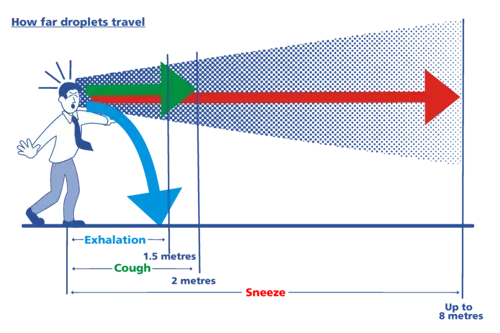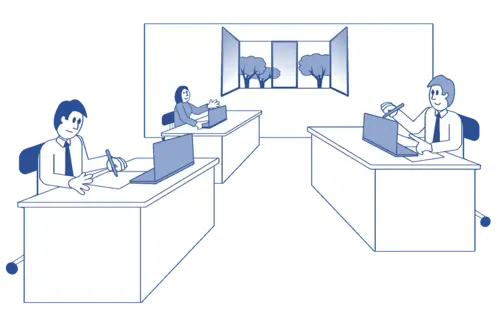So, now we know, coughing or breathing out from an infected person has little chance of droplets reaching another person and thus infecting them. However, a sneeze - well that is an entirely different matter.
Simply put, the nearer you are to an infected person, the greater your risk of catching the virus. The World Health Organization takes a different view from the UK government and recommends keeping a distance of minimum 1m.
Other countries have adopted different social distance rules, often reduced where the wearing of face masks is compulsory.
- 1m distancing rule - China, Denmark, France, Hong Kong, Lithuania, Singapore
- 1.4m - South Korea
- 1.5m - Australia, Belgium, Germany, Greece, Italy, Netherlands, Portugal
- 1.8m - US
- 2m - Canada, Spain, UK
UK latest studies and reports on social distances
The Lancet medical journal has just published a report into how coronavirus spreads. Some of the conculsions were:
- Keeping at least 1m from other people could be the best way to limit the chances of infection.
- The risk of being infected is estimated to be 13% within 1m, but drops to only 3% at more than 1m.
- For every extra metre of distance up to 3m, the risk is further reduced by half.
Distance is not the only factor
The amount of time spent near an infectious person also plays a part. The longer you spend near an infected person, the bigger the risk.
Current research says spending six seconds at a distance of 1 metre from an infectious person is the same as spending one minute at a distance of 2 metres.
However this risk changes dramatically if the infectious person coughs. Then being 2m away from a single cough is the same risk as talking to you for 30 minutes from the same distance.


